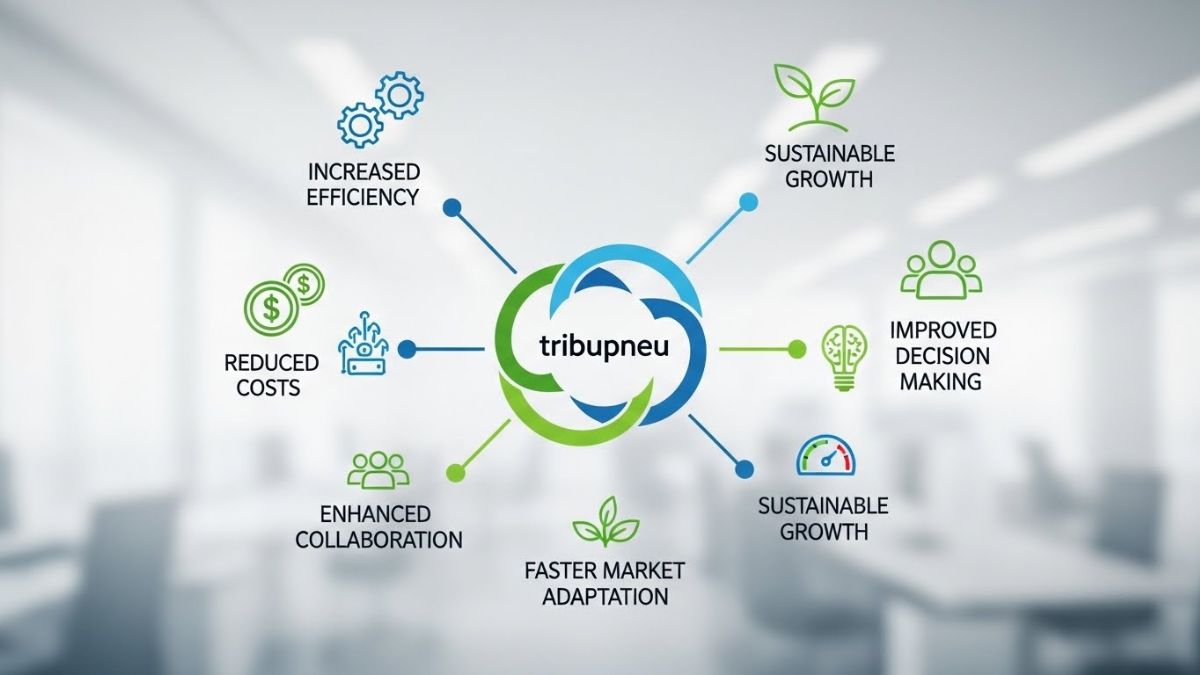Opening a bar is a dream for many who enjoy creating unforgettable experiences. From curating unique drinks to designing the perfect ambiance, running this business requires attention to each minor detail. Owning a bar can be challenging yet rewarding. However, this venture needs careful planning and financial insight. Building a strong financial plan ensures that your bar thrives amidst competition. Let’s explore how to open a bar and navigate the essential costs.
How to Start a Bar That Stands Out
Opening a bar starts with creating a unique brand identity. The atmosphere, theme, and concept should reflect your target audience’s needs and expectations. Items like a custom wall menu, stylish lighting, and personalized décor can turn your bar into a memorable space.
Your bar’s brand identity also influences the customer experience. Whether it’s a cozy local pub or a sleek cocktail lounge, everything should look cohesive and harmonious. Ensure the design and offerings align with your overall concept and values. An appealing brand image builds customer loyalty and makes your bar stand out from the competition.
Establishing a strong brand identity comes with upfront costs. You’ll need to budget for interior design, custom signage, and creative décor. These investments are essential for creating a space that attracts and retains customers.

Choosing the Perfect Location
The right location can make or break your establishment’s success. Consider areas that align with your target audience, such as college neighborhoods or bustling city centers. A location with high foot traffic and easy accessibility will attract more customers and, thus, increase your revenue.
Selecting a favorable location requires researching zoning restrictions and laws, as well as understanding your target demographic. The area should match your bar’s theme and customer base, ensuring the space complements your brand’s image and values. Locations with good transit options or nearby parking directly influence customer convenience.
Location costs extend beyond rent. Additional expenses include utilities, zoning approvals, and ongoing lease commitments. You have to carefully evaluate these factors to ensure your bar’s financial viability in the chosen area.
Designing a Memorable Space
Next, pay due attention to planning and creating an exclusive interior design. It will help you turn first-time visitors into regulars, expanding your client base. Basic elements, such as seating arrangements and lighting, should work together and create a welcoming atmosphere. A well-designed venue encourages customers to stay longer and keeps them returning again and again.
Your design choices should reflect your bar’s theme. For example, rustic bars may feature wooden furniture and warm lighting. In contrast, modern cocktail lounges might prioritize sleek surfaces and ambient lighting. Remember, every minor detail contributes to the overall customer experience.
Designing and renovating a space involves significant costs. Expenses include furniture, materials, and labor. Hiring a designer or contractor can add to the budget, but it also pays off by creating a cohesive and functional layout.

Navigating Legal and Licensing Requirements
Running a bar business requires compliance with numerous legal and licensing regulations. These include permits to serve alcohol, play music, and serve food. Without these, your bar could face penalties or operational delays.
The licensing process varies by location, with some permits taking from weeks to months to secure. Study and analyze these requirements early on to save time and prevent costly mistakes. Consulting a legal expert can significantly streamline the process.
Licensing comes with fees and administrative expenses. Additionally, you may need a lawyer’s assistance to handle complex legalities. These costs should be included in your startup planning to avoid surprises later.
Hiring and Training Your Team
Your staff is the heart of your bar’s operations. Skilled bartenders and attentive waitstaff contribute to the positive customer experience. Hiring experienced professionals ensures consistent service quality, but it also comes at a higher price. Their expertise, however, can lead to increased customer satisfaction and repeat visits.
Staff training is equally important. Workshops and hands-on practice can help your team members master their roles and duties. This step ensures that every employee delivers the experience you want your bar to be known for. Regular training and updates keep your team aligned with new trends and customer preferences.
Staffing costs involve both recruitment and training expenses. Salaries and benefits should be part of your operational budget. These costs are well worth it, as they directly impact your bar’s reputation and profitability. A well-trained team is an important investment in your bar’s long-term success.

Marketing and Promotions for Growth
Effective marketing is essential for attracting and retaining modern customers. Strategies like social media campaigns and promotional events can boost your bar’s visibility. A strong online presence will draw customers even from beyond your local area.
Local promotions, such as happy hours or themed nights, help you build valuable community connections. Encouraging your customers to leave reviews and share media content can enhance word-of-mouth marketing. This approach builds a loyal customer base over time.
Marketing efforts require a dedicated budget. Costs include advertising materials, professional photography, and additional event expenses. Allocating resources to these strategies ensures consistent customer engagement and ongoing business growth.
Building a Space That Inspires
Opening a bar requires a blend of creativity and careful planning. Every step shapes the foundation of your business. While the costs may seem daunting, they are essential investments in a rewarding future. Focus on creating a space where people feel valued and inspired. With the right approach, your bar can become a beloved part of the community.











